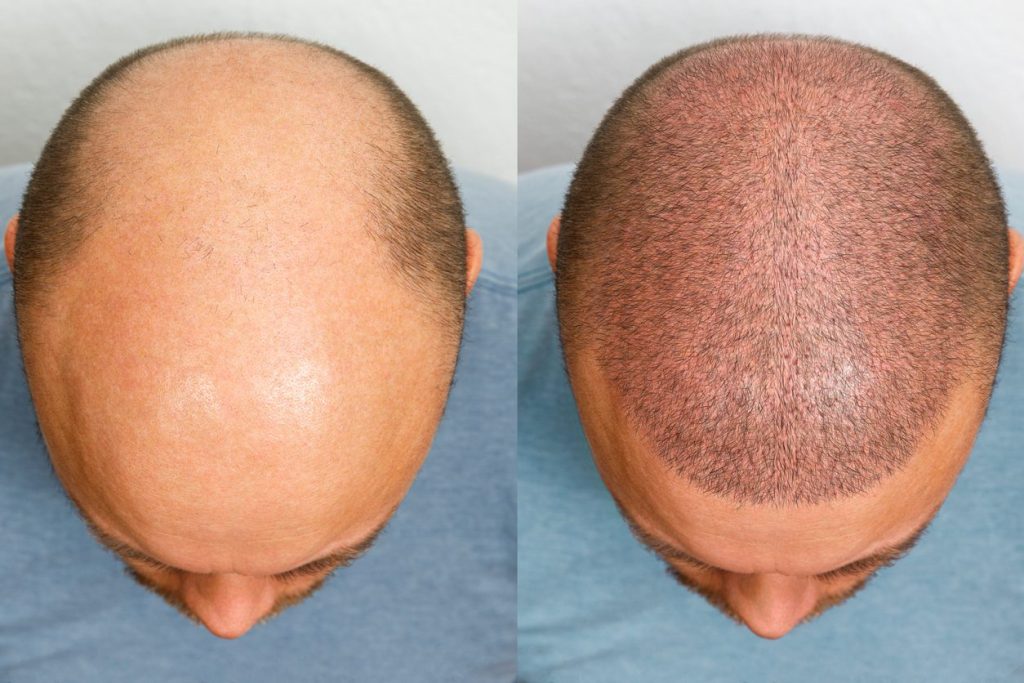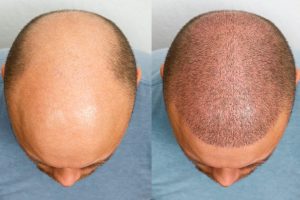

Hair loss is often a reflection of what’s happening within the body. While environmental factors, stress, and nutrition play their part, hormonal imbalance remains one of the most significant causes of hair thinning in both men and women. These fluctuations can alter growth cycles, weaken follicles, and even trigger scalp inflammation – leading to visible changes in volume, density, and texture.
The tricky part? Hormonal hair loss often develops gradually, masked by seasonal shedding or lifestyle stress. Recognising when to seek professional help can make the difference between temporary thinning and long-term loss. Hair transplant clinics in Mumbai are advanced to such levels that they find the issue and immediately issue a prognosis for the same.
Understanding How Hormones Affect Hair
Hormones are the body’s chemical messengers, regulating everything from metabolism to mood. When they fall out of balance, the effects are visible across multiple systems – including the skin and hair.
Hair follicles are susceptible to hormonal changes. Specific hormones influence how long the follicle stays in the growth (anagen) phase versus how quickly it transitions to rest (telogen). When that balance shifts, shedding increases, and regrowth slows.
Key hormones involved in hair health include:
- Androgens (especially DHT): Responsible for male and female pattern baldness by shrinking follicles.
- Estrogen and Progesterone: Maintain hair density; their decline during menopause can lead to thinning.
- Thyroid Hormones: Control metabolism; both hyperthyroidism and hypothyroidism can cause shedding.
- Cortisol: The stress hormone that disrupts growth cycles and promotes premature shedding.
When these systems become unstable, hair loss is one of the earliest and most noticeable symptoms.
Common Causes of Hormonal Hair Loss
Hormonal imbalance can arise from natural transitions, underlying medical conditions, or lifestyle stressors. Common triggers include:
- Polycystic Ovary Syndrome (PCOS): Affects 1 in 10 women of reproductive age. Elevated androgens lead to hair thinning on the scalp and excessive facial hair growth.
- Menopause: The drop in estrogen and progesterone creates an environment where DHT becomes more dominant, causing widespread thinning.
- Thyroid Disorders: Both underactive and overactive thyroid glands disrupt the growth cycle.
- Postpartum Changes: After childbirth, hormonal levels shift rapidly, often causing temporary shedding known as postpartum telogen effluvium.
- Birth Control or Hormone Therapy: Starting or stopping hormonal medication can trigger shedding as the body readjusts.
Each cause requires a different treatment approach – which is why self-diagnosis rarely leads to meaningful improvement.
The Science Behind DHT and Follicle Miniaturisation
At the root of most hormonal hair loss lies Dihydrotestosterone (DHT) — a potent derivative of testosterone formed by the enzyme 5-alpha reductase.
DHT binds to receptors in hair follicles, particularly on the crown and temples, causing them to shrink over time – a process known as miniaturisation. As follicles shrink, they produce finer, shorter hairs until eventually, they stop growing altogether.
This mechanism is responsible for androgenetic alopecia, the most common form of hair loss worldwide. While it affects men more visibly, many women also experience diffuse thinning from DHT sensitivity, particularly after menopause.
Signs That Hormonal Hair Loss Might Be Affecting You
Hormonal hair loss looks and feels different from normal shedding. Some key indicators include:
- Thinning concentrated around the crown or temples.
- Hair parting that appears wider.
- Slow regrowth after shedding.
- Coarser body hair and increased facial hair in women.
- Unexplained fatigue, acne, or weight changes (often linked to hormonal imbalance).
When multiple symptoms appear together, it’s a sign that the issue goes deeper than your scalp – and professional evaluation is essential.
Diagnosing Hormonal Hair Loss
Diagnosing the underlying cause requires a mix of medical evaluation and scalp analysis. A healthcare professional may order tests for:
- Thyroid function (TSH, T3, T4)
- Androgen levels (testosterone, DHEA-S, DHT)
- Estrogen and progesterone balance
- Ferritin and Vitamin D levels
Trichoscopy (microscopic scalp imaging) can also help identify follicle density and miniaturisation patterns. Clinics like Bloom Hair Transplant Clinic emphasise medical testing before recommending any treatment – ensuring solutions address both the symptoms and the source.
Treatment Options – Balancing Hormones and Restoring Hair
There’s no one-size-fits-all solution, but several approaches have proven effective depending on the cause and severity.
For Androgen-Related Hair Loss:
- Minoxidil: A topical solution that prolongs the growth phase and thickens existing hair.
- Finasteride or Dutasteride: Oral medications that block the enzyme converting testosterone to DHT.
- Low-Level Laser Therapy (LLLT): Stimulates follicular activity using light energy.
For Hormonal Imbalance in Women:
- Anti-androgen medications (like Spironolactone) can reduce DHT’s impact.
- Oral contraceptives can stabilise hormonal fluctuations.
- Bioidentical hormone therapy may help during menopause.
Regenerative Treatments:
Procedures such as Platelet-Rich Plasma (PRP) therapy or stem cell-based growth factor treatments are increasingly being used to revive dormant follicles. At Bloom Hair Transplant Clinic, such therapies are often integrated with medical management for enhanced results.
Nutrition and Lifestyle – The Hidden Hormonal Support System
Hormone regulation doesn’t rely solely on medicine – nutrition and lifestyle play major roles.
- Protein: Forms the building blocks of keratin, the main hair protein.
- Iron and Zinc: Essential for follicular metabolism.
- Omega-3 Fatty Acids: Reduce inflammation and balance hormones naturally.
- Vitamin D and B-Complex: Support thyroid function and reduce stress-related shedding.
Avoiding processed foods, sleeping well, staying active, and managing stress all contribute to hormone stability – and by extension, stronger hair.
When to Seek Professional Help
Many people wait too long before consulting a professional, assuming hair loss will self-correct. However, hormonal imbalances rarely resolve on their own.
Seek medical help if:
- You notice consistent thinning for over three months.
- Hair loss is accompanied by irregular periods, fatigue, or weight gain.
- There’s a visible change in scalp coverage or texture.
Early diagnosis allows treatment before follicles become permanently damaged. Addressing hormonal issues in time often prevents the need for more invasive restoration later on.
Restoring Balance, Regaining Confidence
Hair loss caused by hormonal imbalance isn’t just a surface-level issue; it’s your body’s way of signalling an internal disruption. The good news is that with modern medical testing, regenerative therapies, and guided care, balance can be restored.
By understanding the connection between hormones and hair, you not only protect your scalp but also gain insight into your overall health. With the right combination of medical and lifestyle support, achieving thicker, healthier hair is well within reach – proving that the path to stronger strands begins with restoring harmony inside.







